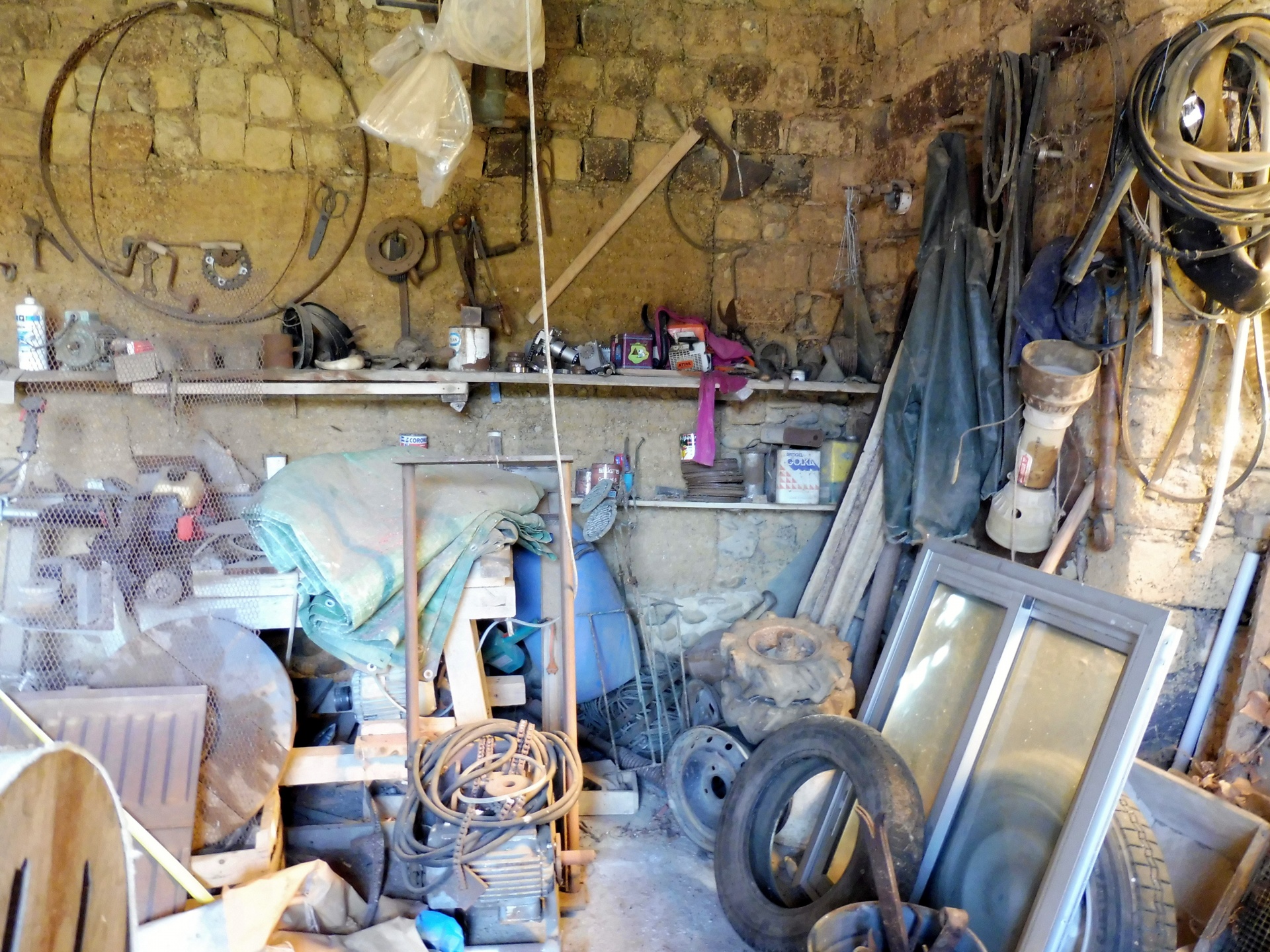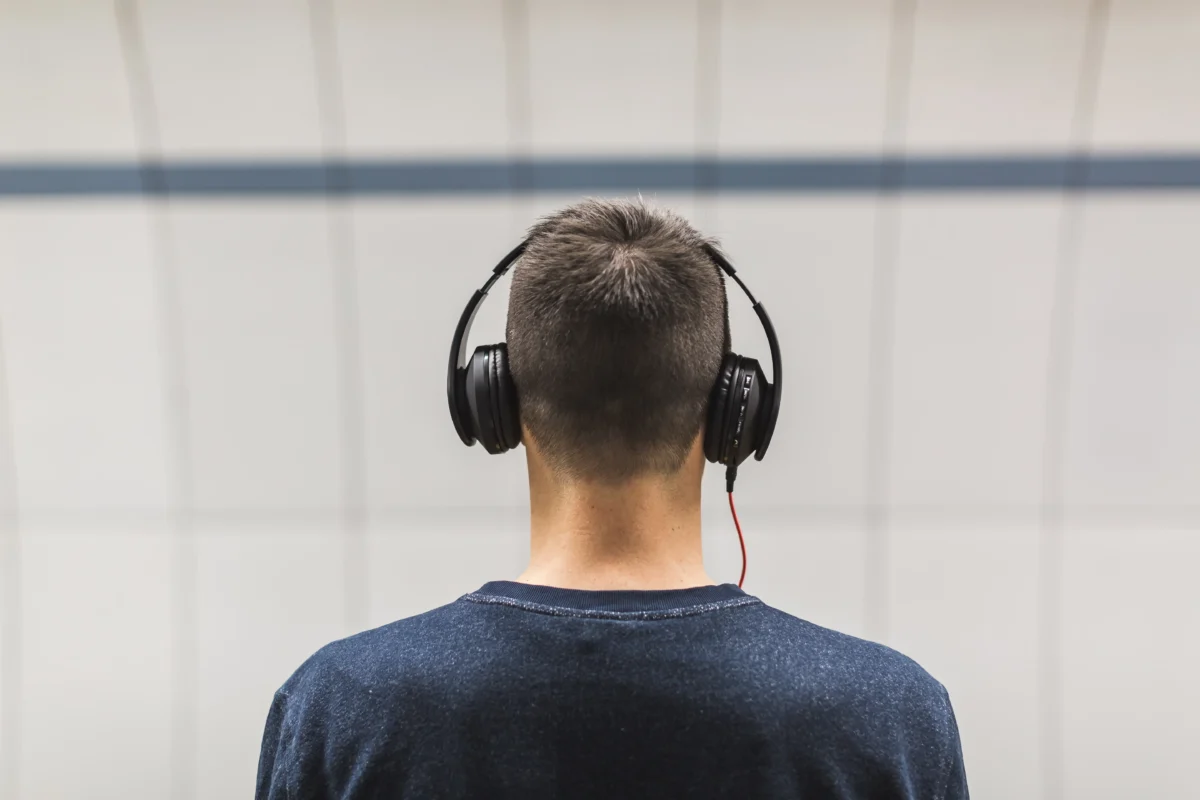Ever walked into a room and been wowed by the textured, artistic flair of plaster effect walls? You’re not alone. This timeless technique can transform any space, adding depth and character that paint alone just can’t achieve. Whether you’re going for a rustic, old-world charm or a sleek, modern finish, plaster effect walls offer endless possibilities.
Understanding Plaster Effect Walls
Plaster effect walls add texture and character to any room. They offer more depth than plain paint.
What Are Plaster Effect Walls?
Plaster effect walls mimic traditional plaster finishes. They involve applying layers of plaster to create a textured look. Use trowels, sponges, or brushes for different effects. Some types include Venetian plaster, stucco, and concrete finishes.

- Aesthetic Versatility: Achieve rustic, modern, or classic looks.
- Durability: Harder than paint, they withstand wear.
- Unique Texture: Adds dimension and interest to walls.
- Customization: Choose colors and textures to match decor.
Materials Needed for Creating Plaster Effect Walls
To create plaster effect walls, you need specific materials and tools to ensure a professional finish.
Essential Tools
Several tools are necessary for creating plaster effect walls:
- Trowels: Used for applying and smoothing plaster.
- Sanding Blocks: Essential for achieving a smooth finish once the plaster dries.
- Sponges: Used for adding texture and effects.
- Paint Brushes: Required for detailed work and textures.
- Mixing Buckets: Needed for preparing the plaster mix.
- Protective Gear: Includes gloves, masks, and goggles for safety.
Choosing the Right Plaster
Selecting the appropriate plaster type is crucial for the desired effect:
- Venetian Plaster: Ideal for a polished, marble-like finish.
- Stucco: Best for a rough, textured look.
- Lime Plaster: Offers a natural, breathable surface, suitable for older buildings.
- Gypsum Plaster: Commonly used for a smooth, paintable surface.
- Clay Plaster: Eco-friendly option, suitable for natural interiors.
Make sure to match the plaster type to your design needs for the best results.
Step-by-Step Guide to Creating Plaster Effect Walls
Creating plaster effect walls involves a few key steps to ensure a stunning and durable finish.
Preparing Your Wall
Clean the surface. Remove old paint, wallpaper, and debris. Repair any cracks or holes. Sand the wall smooth. Apply a primer suitable for plaster.
Applying the Plaster
Mix your plaster. Follow manufacturer instructions precisely. Use a trowel to spread the plaster evenly. Apply a thin, consistent layer. Allow it to set for the recommended time.
Adding Texture and Effects
Use tools like sponges, brushes, and combs. Experiment with different patterns. Apply varying pressure for unique textures. Let the plaster dry completely. Seal the wall with a clear or tinted wax for protection.
Maintaining Your Plaster Effect Walls
Caring for plaster effect walls ensures they stay beautiful. Follow these tips for cleaning and repairing minor damages.
Cleaning and Care Tips
- Regular Dusting: Use a soft cloth to dust walls weekly.
- Gentle Cleaning: Mix mild soap with water and use a soft sponge. Avoid harsh chemicals to prevent damage to the plaster.
- Avoid Excess Moisture: Do not soak the walls. Use minimal water to avoid dampness.
- Inspect Annually: Check for cracks or peeling once a year to catch issues early.
- Small Cracks: Use a small amount of plaster to fill tiny cracks. Smooth it with a putty knife.
- Color Matching: Touch up with paint for a seamless look. Match the color exactly for consistency.
- Peeling Sections: Scrape off peeling areas and reapply a thin layer of plaster. Allow it to dry and then touch up with paint.
- Deep Clean: If the wall gets stained, gently sand the area and reapply the plaster effect to restore its look.
Advanced Techniques and Styles
Advanced plaster techniques elevate your designs. Innovative styles and expert methods set your walls apart.
Incorporating Colors and Pigments
Add pigments for custom colors. Mix color into wet plaster for depth (source: Your Own Home). Use multiple shades to create gradients. Apply pigmented wax for a polished finish. Experiment with earth tones for a natural look.
Creating Patterns and Designs
« Dyson AM Not Oscillating? Discover the Ultimate Troubleshooting Guide to Fix It Fast
Discover the Top 7 Best Women’s Gym Bags with Shoe Compartments for Ultimate Style and Convenience »
Pattern rollers offer consistency. Try stencils for intricate designs. Sponge or brush techniques provide unique textures. Use combing for linear patterns. Apply multiple layers for a 3D effect.
Consistent methods and keen attention transform plaster walls into masterpieces.
Conclusion
Creating plaster effect walls can truly transform your space adding texture and character that’s hard to achieve with other finishes. Whether you’re going for a sleek Venetian look or a rustic stucco feel the possibilities are endless. With the right tools and a bit of practice you can master advanced techniques that make your walls stand out. Remember to take your time and pay attention to detail to ensure a stunning result. And don’t forget proper maintenance to keep your walls looking fresh and beautiful. Happy decorating!





